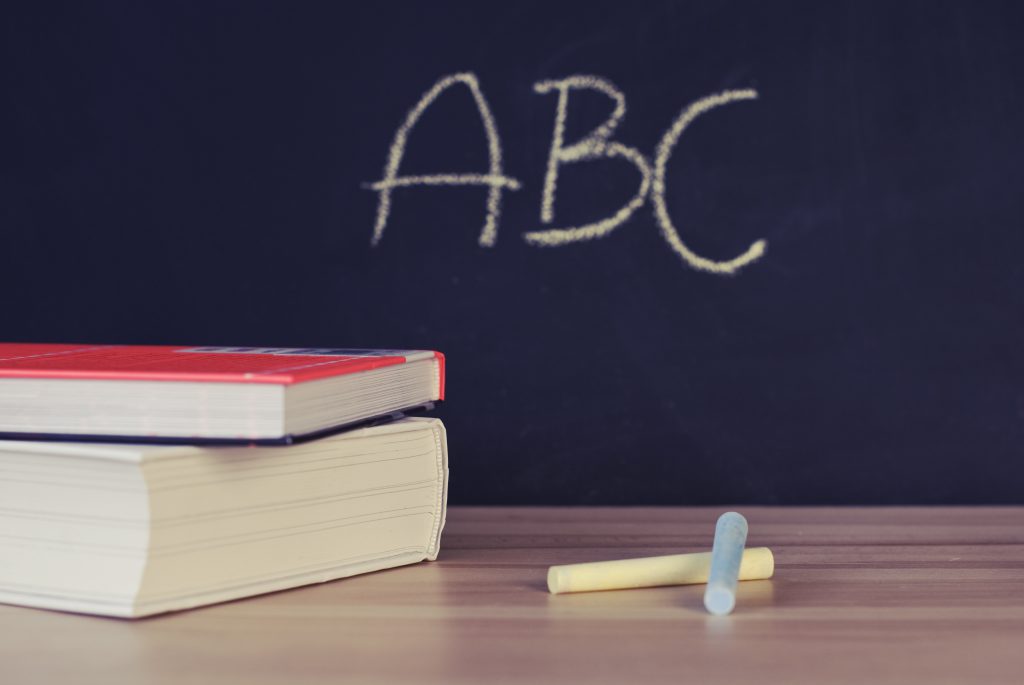
Lecturer: Andrijana Misovic, LL.M.
Hours of lectures: 6
Trade liberalization of SEE countries has been developed in two directions, both of them being part of the wider process of EU integration, having in mind that European regional integration is dominated by the European Union.
The first framework of trade liberalization consists of Stabilization and Association Agreements, concluded between EU member states on one side and each SEE country individually on the other side. Free Trade Agreement is an important part of every Stabilization and Association Agreement and its main goal is to liberalize trade and bring the country’s rules into line with EU aquis communitaire. In order to achieve that result, SEE country should adopt and implement, administrative, institutional and economic reforms, while the review of such reforms, according to the SAA, should be conducted by the Stabilization and Association Council. SA Council consists of members of the Council of the European Union and members of the European Commission, on the one hand, and of members of the SEE country government on the other. Another institution established to assist SA Council in performance of its duties is Stabilization and Association Committee whose structure mirrors the one of the SA Council. Finally, SAA establishes the Stabilization and Association Parliamentary Committee through which members of the SEE country’s parliament and members of the European Parliament should cooperate and exchange their views.
Second framework of SEE countries trade liberalization is CEFTA 2006 agreement – a regional trade mechanism concluded between SEE countries in order to replace over thirty bilateral free trade agreements existing between them. CEFTA is established with two main goals: to liberalize intraregional trade and to make regional integration more profound. The main governing body of CEFTA is the Joint Committee, decision-making and executive body, composed of representatives of the Parties and established with the goal to supervise the implementation of the agreement. The Committee can either take decisions (in the cases explicitly provided for in the Agreement) or make recommendations (all other matters). The Committee has numerous important competencies, such as: overseeing the process of elimination of unnecessary technical barriers to trade, receiving information from the Parties about measures potentially affecting trade conditions, receiving Party reports on the total amount and the distribution of the state aid,… Additionally, as a central institutional body, Committee has very important role in dispute settlement matters and treaty interpretation. Besides the Joint Committee, important role in CEFTA institutional framework is played by the Deputy ministers – informal body responsible for examining key issues arising in the implementation of the agreement and preparing meetings of the Joint Committee. Additionally, CEFTA institutional framework consists of a great number of committees, subcommittees and working groups all established with the aim of facilitating regional trade.
As previously noted, both form of trade liberalization, SAA and CEFTA, are dominated by the EU, and consequently are very much mutually connected. Namely, it is common for SAAs to contain regional cooperation clause according to which countries are encouraged to cooperate with other countries concerned by the Stabilization and Association process. On the other hand, the overall goal of CEFTA agreement is to help its members to join the EU more easily. The main idea is to develop free trade between SAA countries, while preserving the central role of the European Union.
